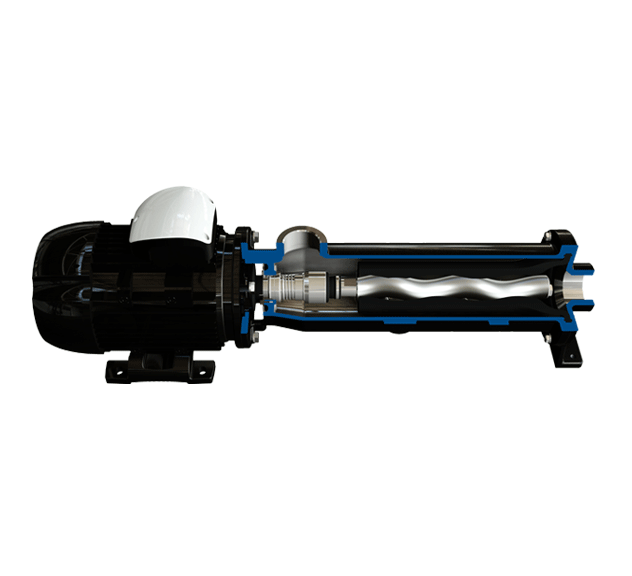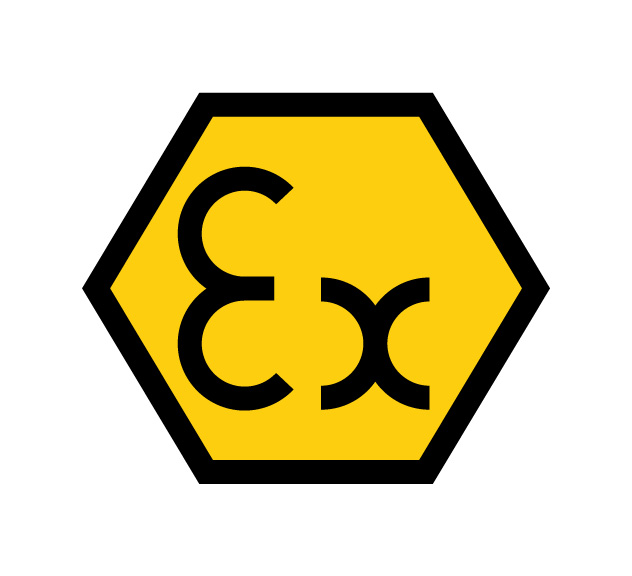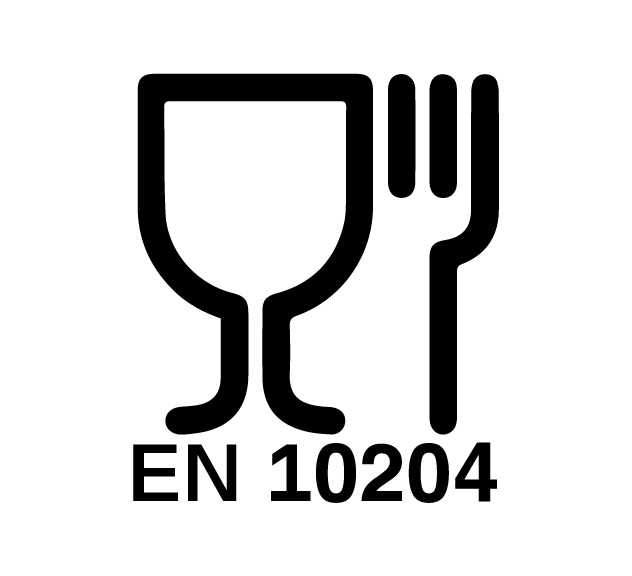EUROPE

ASIA & PACIFIC













Our Wobble Pump is perfect for operators seeking a highly compact and versatile pump solution. This miniature Progressive Cavity Pump can be used in a variety of industrial applications owing to its ability to pump products that are viscous, mildly abrasive and contain solids. This highly efficient pump operates without pulsation with virtually no centrifugal effect, even at high RPMs. As there are no dead zones within the pump, the Wobble Pump can also be used in the Food industry. These pumps are also ATEX-available for use in hazardous environments.
Typical applications for our Wobble Pump:
Max. Flow:
Max. Head:
Max. Temp:
Material:
14.4m³/hr
40m
80°C
Metal




How does a Progressive Cavity Pump work?
A Progressive Cavity Pump is defined as a volumetric, self-priming, rotary positive displacement pump. The “conveying” part of the pump consists of 2 elements, namely a rotor & stator. The rotor is typically manufactured from a metallic material and formed in a single or multiple screw design with a rounded thread, large pitches, considerable length & high eccentricity in relation to its core diameter. The rotor rotates within the stator which is typically elastomeric and embedded with a cavity in the shape of 2 or multiple screws, double threaded and with the same eccentricity as the rotor. As the rotor turns the cavities within the stator are filled with the process media and are carried towards the pump outlet under pressure. As these pockets of fluid have a set volume the volumetric flow rate is therefore directly proportional to the rotational speed of the rotor and results in low levels of shearing and little to no pulse.
There are five series’ within our Wobble Pump Range:
RL Series
Extremely compact design where the motor shaft is attached to the rotor assembly via the patented pin joint system used across the Diamond series.
RJL Series
The same compact design as the RL series, however, is fitted with a bearing housing and bare shaft to allow for use with a flexible coupling and separation of the motor from the pump & process media.
The absorption of hydraulic forces is facilitated by the bearing housing.
RFL Series
The same principle as the RJL Series, however, with a bearing housing with a plug-in shaft design to facilitate a compact, close-coupled design with increased reliability and absorption of hydraulic forces via the bearing housing.
R Series
The most compact & economical design available, the motor shaft is connected to the rotor assembly via a cross-joint system. Specific sizes are also fitted or can be fitted with an integral & adjustable spring-loaded pressure relief valve.
R & RF Series
Max Flow Rates: 6 m³/hr
Max Pressure: 40 meters (60 meters Intermittent)
Temperature Range: -40ºC to +80ºC
RL, RJL & RFL
Max Flow Rates: 14.4 m³/hr
Max Pressure: 40 meters
Temperature Range: -40ºC to +80ºC
Largest UK Stock
Same Day Quote
Fastest Delivery
Largest UK Stock
Same Day Quote
Fastest Delivery
Our friendly team at Tapflo UK would be more than happy to assist you further with any pump solutions, delivery information or questions you have. If you need additional support on-site, you can speak to a member of the team today to organise a site visit.
Give us a call now:
Search our pump support articles: